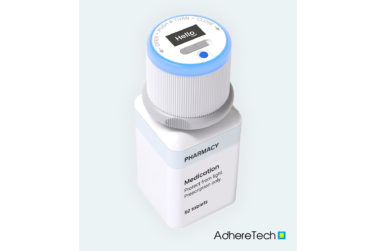As consumers/patients continue to take more control of their health, marketers should reevaluate how they reach consumers to ensure a hyper-focus on patients’ perspectives and needs.
In a recent consumer healthcare survey, 51% of consumers overall, 57% of baby boomers, and 63% of seniors say they are now comfortable telling their doctors when they disagree with them.1 This new mindset is one example of why it’s important to better understand patient needs beyond how they feel about their condition. Ensuring a true connection with your audience begins with understanding their emotional and rational decision-making influencers so marketers can connect the shared values between customers and their brands.
All brand marketers say they focus on the consumer, but in truth they do not. Instead, they overly focus on the obvious disease and fear-based drivers, relying too heavily on data-driven information, thus missing critically important human truths that can serve the brand strategy, positioning, creative execution, and implementation. You don’t have to look far to see examples of fear-based communications in the cancer and vaccine categories or benefit-focused communication in the device category.
Todays’ patients want to be understood and spoken to as humans. To do this successfully, brands should consider three things:
1. Create connection: Understand what people think and feel about their lives in addition to their disease. The Opdivo and Keytruda DTC campaigns uncovered the impactful role empathy plays in improving connection with patients by focusing on the simple human desire to gain more time with loved ones. The brand creative is calming, positive, and shifts the focus away from the dire situation patients are confronted with and connects to the core need.
2. Move beyond the rational: Do you remember your high school teachers’ names or the lessons you were taught? The emotional and personal bond built between a student and a teacher is enduring. Now think about the pharma ads you’ve seen and ask yourself which ones you remember. Pharma brand strategy identifies the basic human drivers related to the disease and the treatment benefit, with the end executions seemingly skewed towards the rational, not capitalizing on the more engaging emotional space.
3. Care for your customers: Consumers, patients, and caregivers are overwhelmed and fearful when they or a loved one is diagnosed with a disease or disorder. In times of such high anxiety, it is vital to communicate clearly and create a personal connection through listening and engaging in a human-centric way. Take a cue from rare disease brands, which are keenly aware of the necessity of a patient-centric approach. The first step in any rare marketing effort is to listen to the patient and family story, their journey, their hopes, and use these learnings to develop and consistently pull through the brand narrative.
Ensuring a true connection with your audience begins with understanding them as humans and determining where your brand can make the most impact and solutions that can integrate into their lives.
References:
1. Deloitte Center for Health Solutions: 2020 Survey of Health Care Consumers; https://www2.deloitte.com/us/en/insights/industry/health-care/consumer-health-trends.html.









